Nanga Parbat: The western most mountain of Himalayan Range, or if to be observed from junction of three highest mountains ranges / the point of collision of tectonic plates; the first 8000er – is actually a series of ridges culminating in an ice crest at at 8125m.
Its the 9th highest mountain on the planet and second highest in Pakistan after the K2.
The name “Nanga Parbat” meaning “naked mountain” in Kashmiri language is given to it because of its high slope are bare in vegetation.
Earlier climbing history disasters gave it the nick name of “ Killer Mountain ” and till date it justifies the name with a death score of 65.
The 24km long wall of Nanga Parbat often attempted for summit by many of its ice seraced faces is usually accessed by two base camps.
The trek to Rupal Base Camp is a week long road trip from Islamabad or also doable by flying to Gilgit and followed by a 4 hour drive to Astore valley.
Trek starts from small village of Tarashing – a small village features a jaw-dropping view of Raikot Peak and serves as a base town for trekking to Rupal Base Camp of Nanga Parbat. At an altitude of 2900m, Tarashing is an ideal stopover for hiring cook, guide and porters for your trek to the Base Camp.
Tarashing is about a drive of two hours from main Astore town, and is easily accessible by public or private jeeps.
Hike to Herrligkoffer is quite easy, followed by a short jeep ride from Tarashing to summer settlement of upper Rupal.
Where the jeep road ends, Herrligkoffer is just a hike of less than two hours, following the jeep track that later continues over a steep slant to an open meadow; offering unhindered and towering views of Nanga Parbat.
Herrligkoffer is at an altitude of 3350m and should be your first campsite if you are opting for a leisure trek.
Shaigiri or Rupal Base Camp hides across the Bazhin glacier, from Herrligkoffer a slight steep climb on its eastern ridge, brings you to Bazhin Glacier.
Glacier crossing takes about an hour along a fairy obvious donkey path. After crossing the glacier, one descends down to the meadows of Tap, a huge grass field at about 3350m.
Although for Shaigiri or Latobo, continue the trail along the right-side of stream instead of completely descending to top. After crossing the stream, its a flat walk through the sparse woods of an hour to a smaller flat field called First Base Camp.
Further walk of an hour brings you round the end of a second terminal moraine, with a lake on trip, to another broad field; Latobo (meaning ‘stony place’), at about 3500m is also called Doug Scott Base Camp.
The easiest and most popular access to Nanga Parbat, offering the most spectacular views of Nanga Parbat, is Fairy Meadows. On this side mountain cascades down almost 7000m from its summit to the River Indus.
The journey to Fairy Meadows starts starts with a thrilling jeep track starting from Raikot bridge on Karakoram Highway, high up a gorge along Raikot Stream, rising more than 1500m in a span of 17kms, is known as one of the most dangerous jeep rides on planet. This track is steep, unstable, vertiginous, hot and dry; but it adds upto the thrill of visiting the Giant mountain – Nanga Parbat.
The jeep road ends at Tato and its the very start of trail to Fairy Meadows. One can spend a night here and start an early morning hike to Fairy Meadows since the trail is also hot and dry and can be a bit strenuous for amateur hikers. From Tato, in about 90 mins, trail passes through a small pine forest, which is also known as mid-point. From here on Fairy Meadows is a hike of another hour through few steep pin loops rising above the forest, with an unhindered view of Nanga Parbat and Raikot Glacier.
One can also hire porters or horses for one / two way trip to Fairy Meadows from Tato.
At an altitude of 3300m, Fairy Meadows is a grassland offering unhindered views north face of Nanga Parbat and is one of the most popular destinations of Northern Pakistan.
It was discovered and named by germans and now serves as the easiest access to Nanga Parbat.
Ideal season to visit is from May till September, although local winter expeditions also make it a point to celebrate new years at Fairy Meadows.
Local speak Shina Language and are tourist friendly, but bargaining with porters and horse owners can be a bit tricky.
Beyal Camp or Nanga Parbat Base Camp is a must visit and is an ideal way to spend a day at Fairy Meadows.
At an altitude of 3500m, Beyal Camp is dominated by utterly prominent views of Nanga Parbat. At Beyal, Nanga Parbat’s view spans the widest almost 180 degree and the peak rises so high as if it will hide the sky.
Beyal Camp is a gentle hike of less than two hours from Fairy Meadows passing through mature pine, fir, juniper and birch forest. On your left is the Raikot Glacier and occasional fine views of Indus Valley and Karakorams.
Spending overnight at Beyal is recommended if you are hiking to base camp.
German View Point:
A big rock perched on edge of cliff at about 3650m is called German View Point.
German View Point is hike of an hour through many boulders and birch trees from Beyal Camp. As soon as you climb the ridge, unhindered views of Nanga Parbat with Raikot Glacier in its base totally justifies the effort of whole journey uptill here.
The Nanga Parbat base camp lies across the Raikot Glacier from German View Point. Trail stays to the right of glacier for about an hour, until it reaches a rolling pasture and edge of Ganalo Glacier, which can be crossed following the marker cairns. From here on Old Base camp is a hike of about an hour down right one the ridge where there are monuments of German mountaineers.
Views from Old Base Camp takes in the three Chongra Peaks, Raikot Peak 7074m, DiamerGap (also known as silver saddle) and Ganalo Peaks 6608m. Many old hands claim its the best mountain view they have ever seen.
From Old Base Camp to Camp I is a recommended day walk to the Great Moraine. This walk offers superb view all along the way, make you feel you can touch Nanga Parbat. Join our curated Group tours or get a glimpse of these majestic landscape!
1: Rupal – Highest Standing Ice Wall on Planet
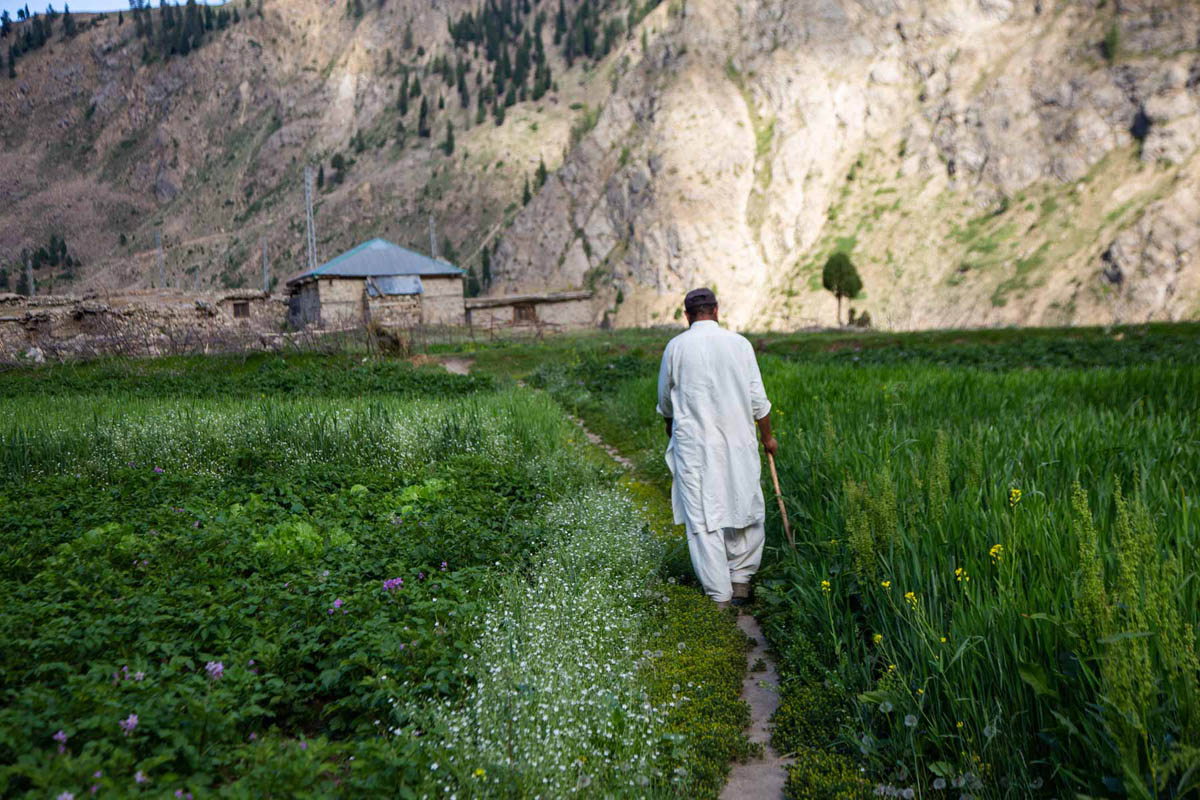
Herrligkoffer Base Camp:

Rupal Base Camp: Shaigiri or Latobo:
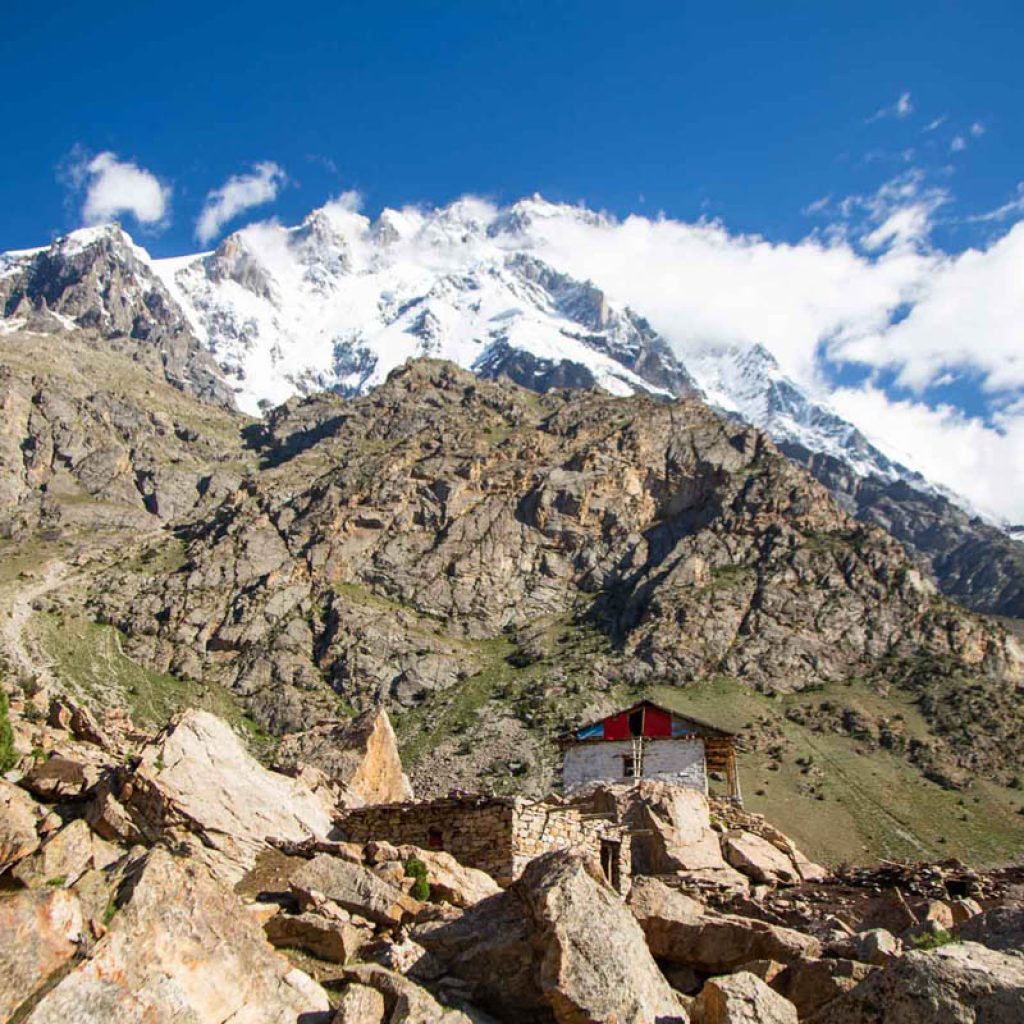
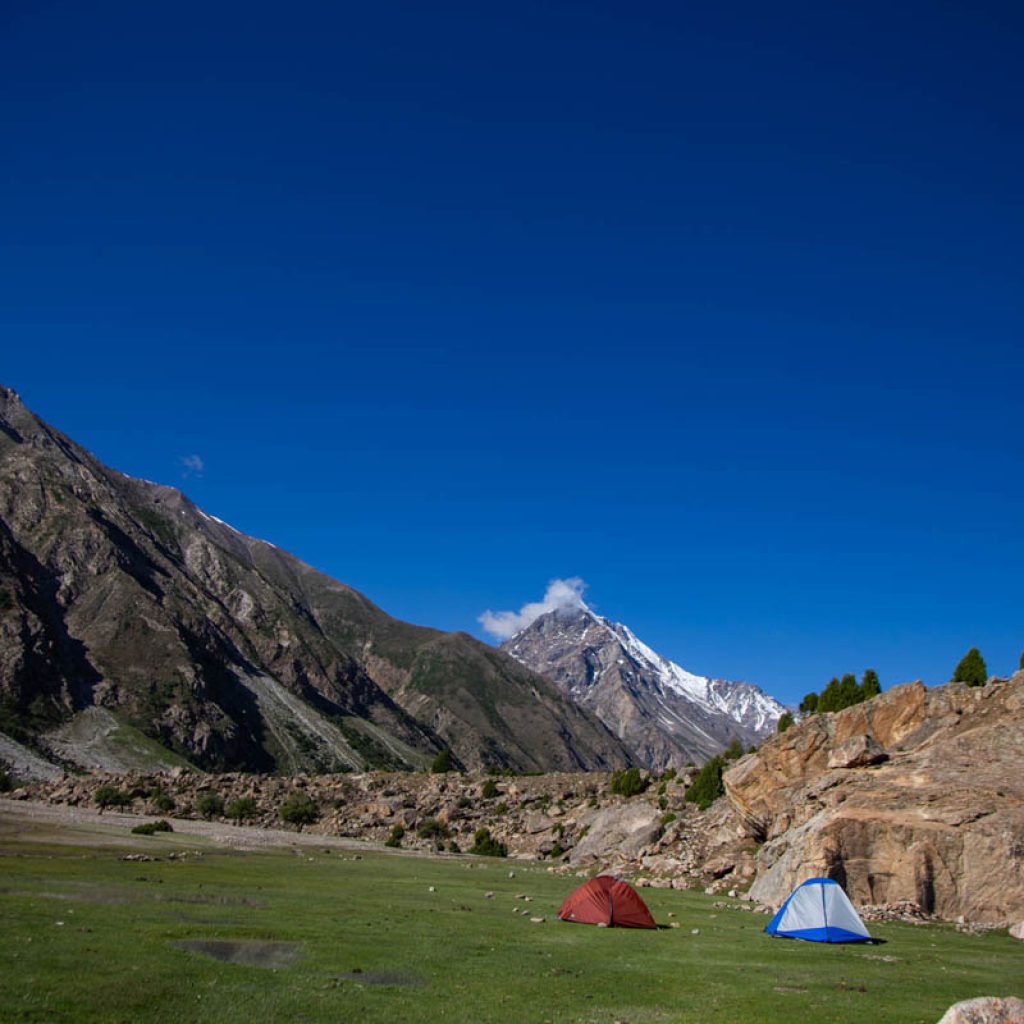
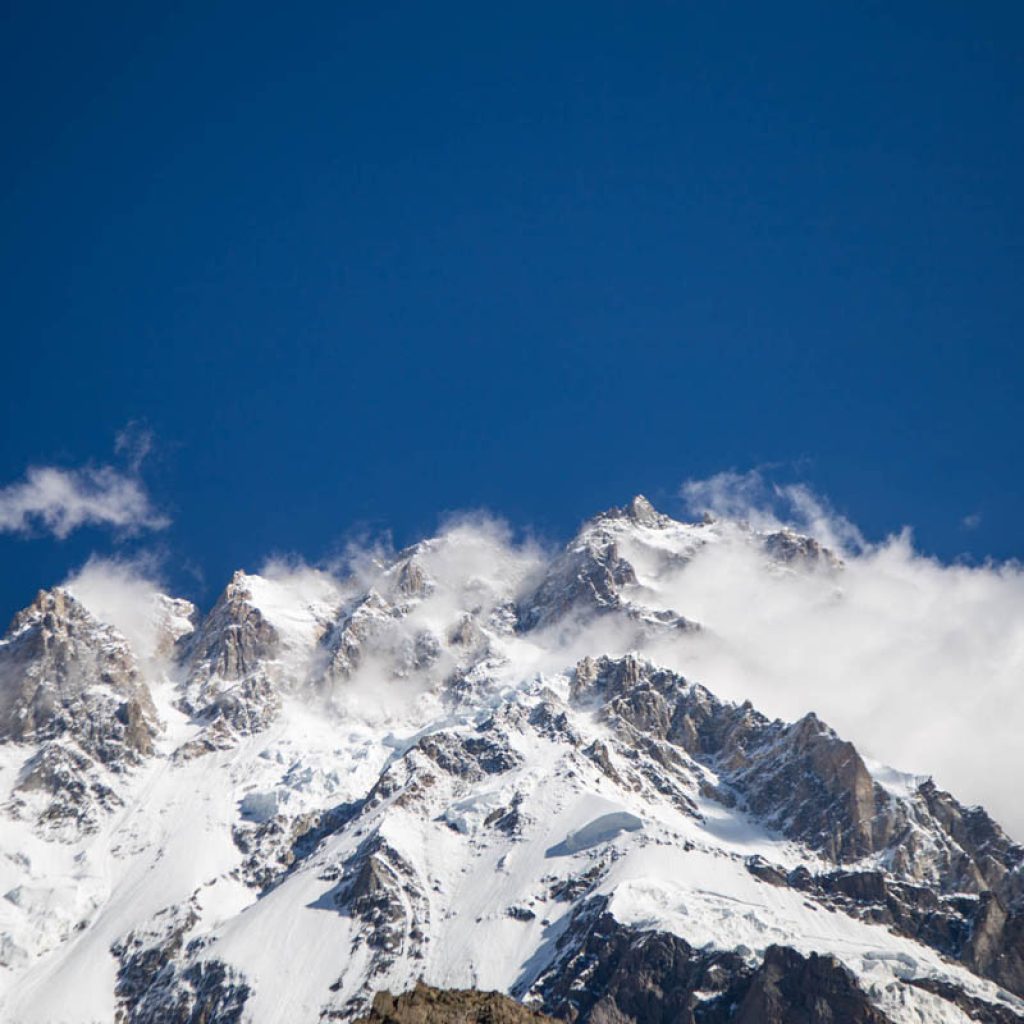
2: Fairy Meadows
How to get to Fairy Meadows?
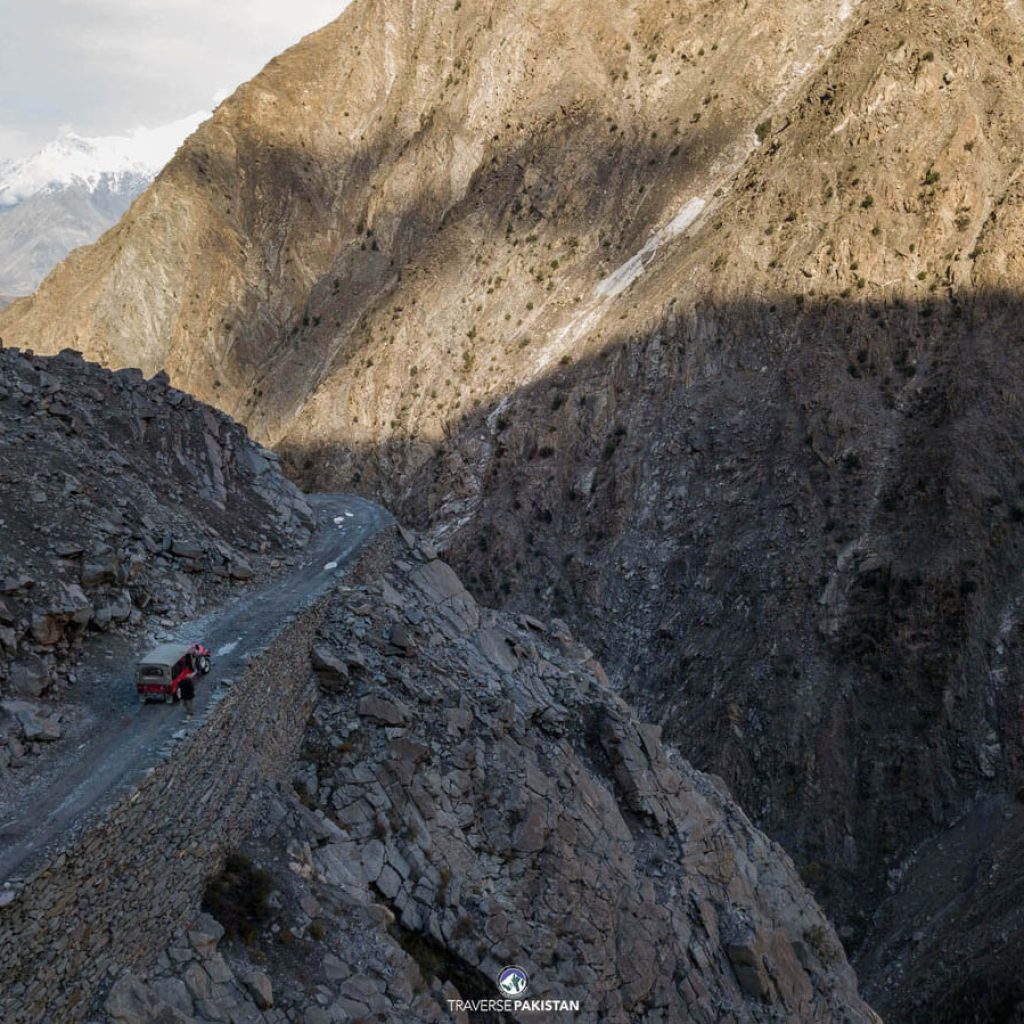
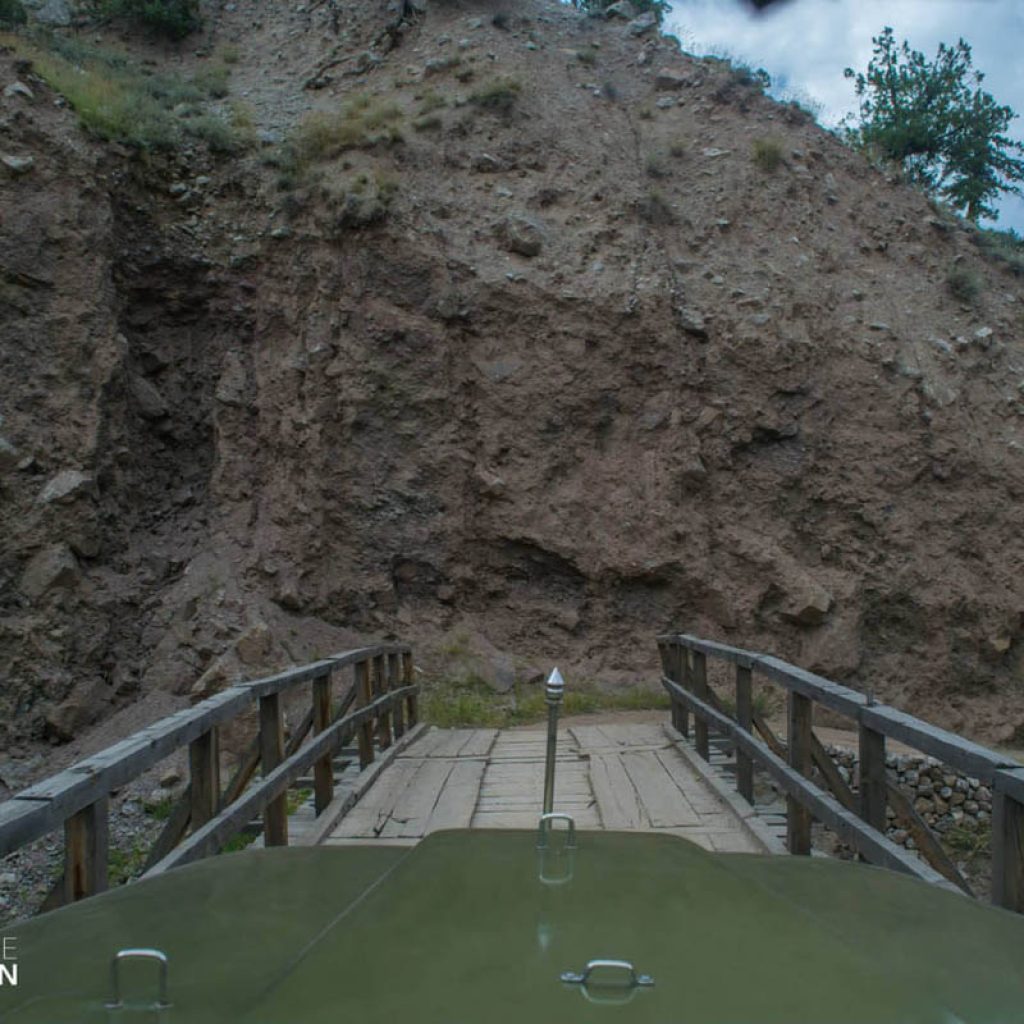
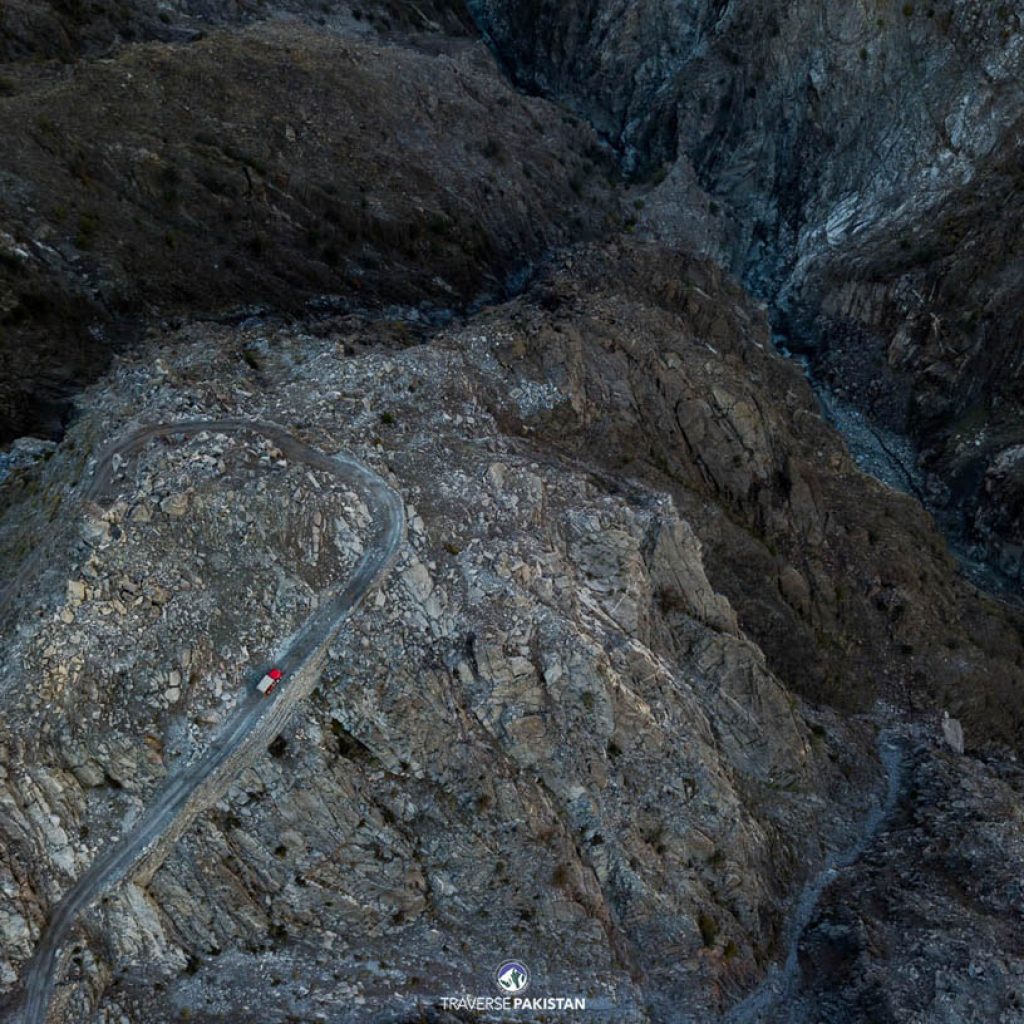

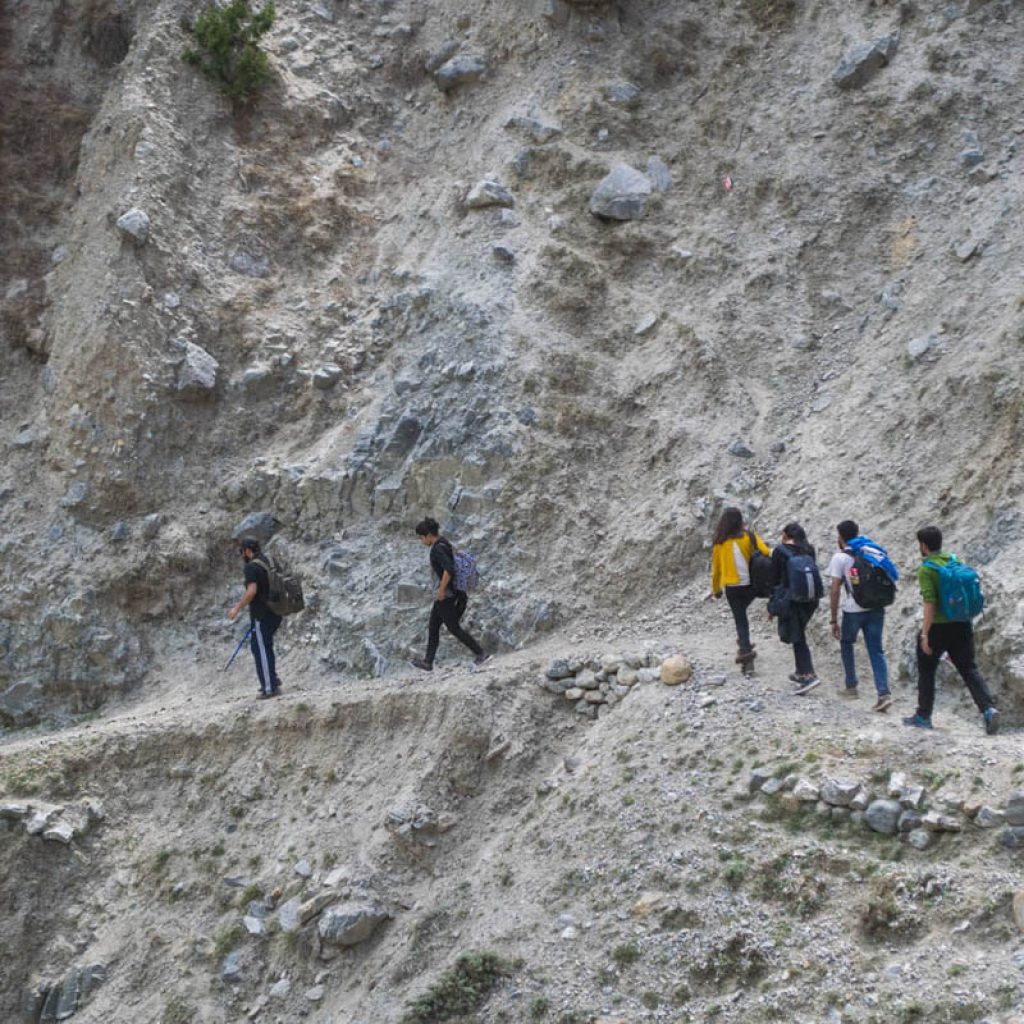
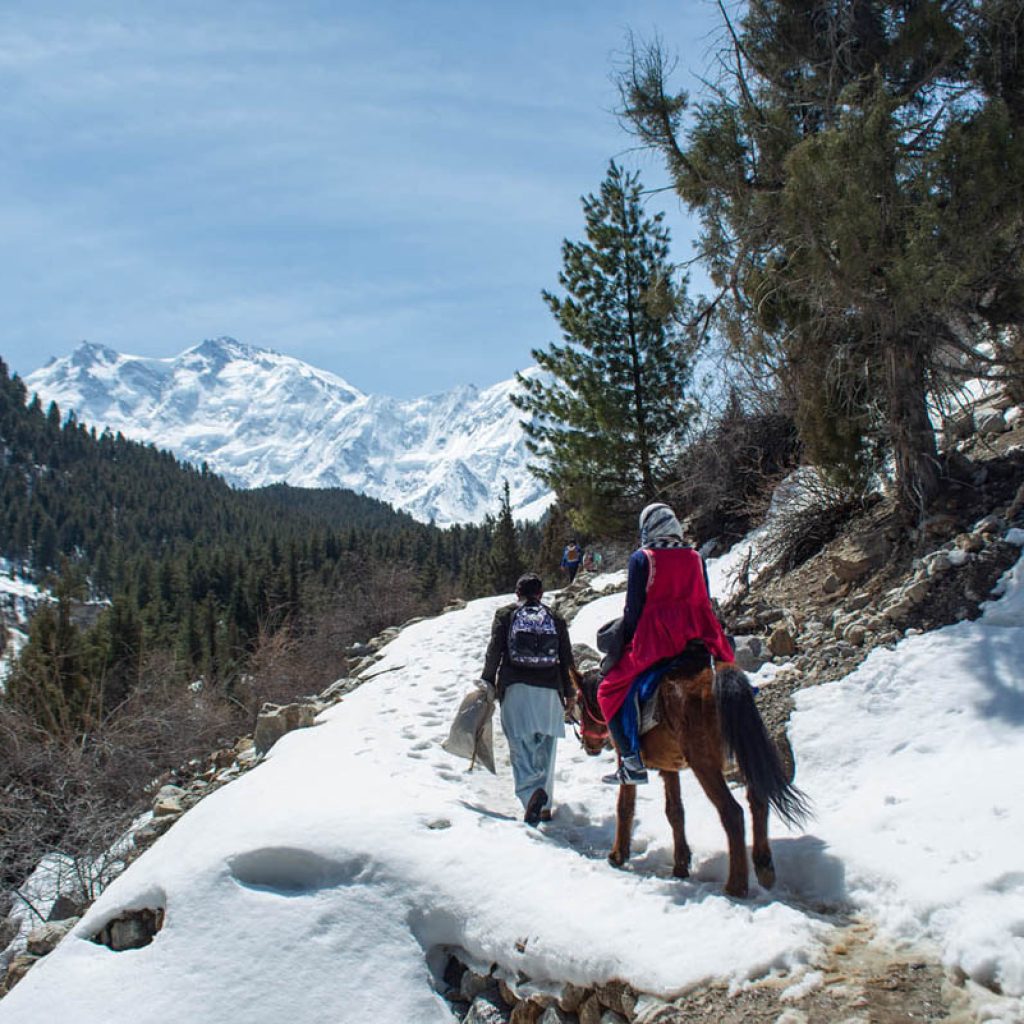
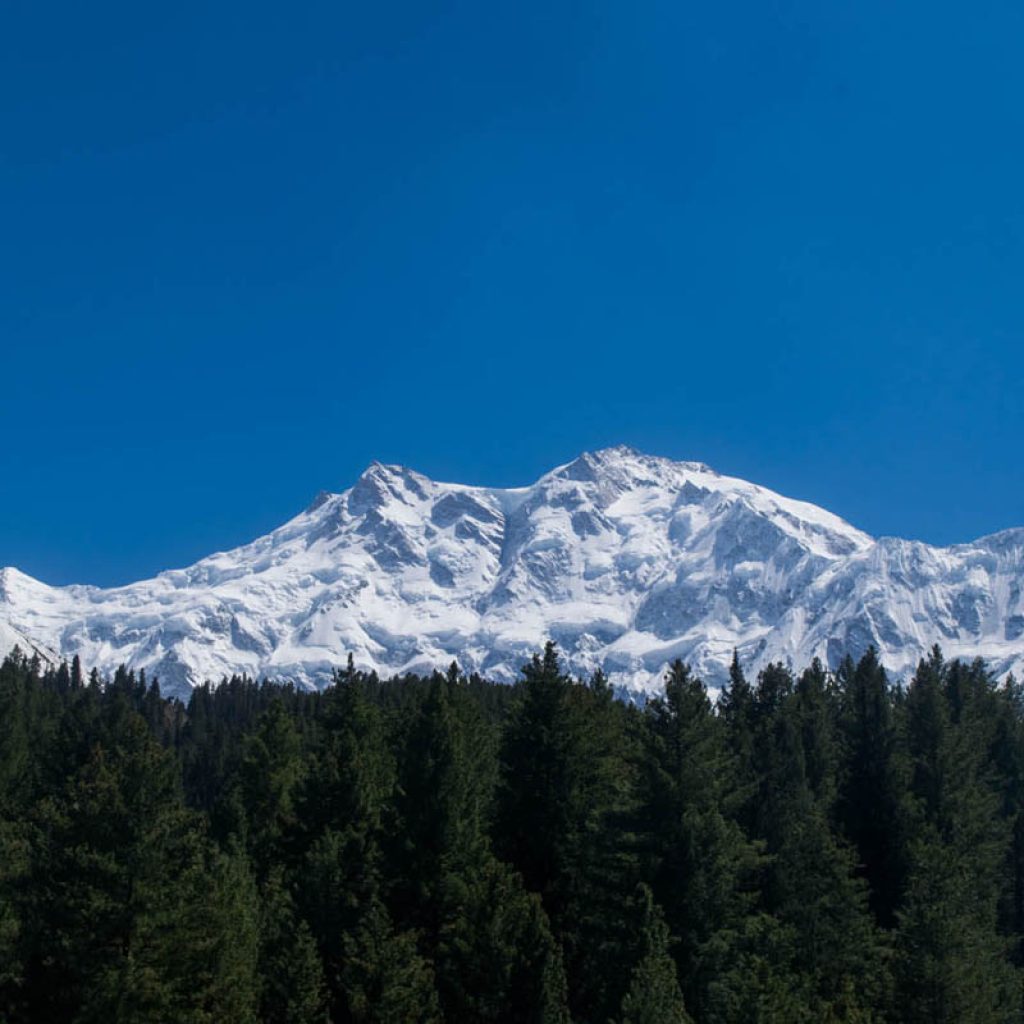
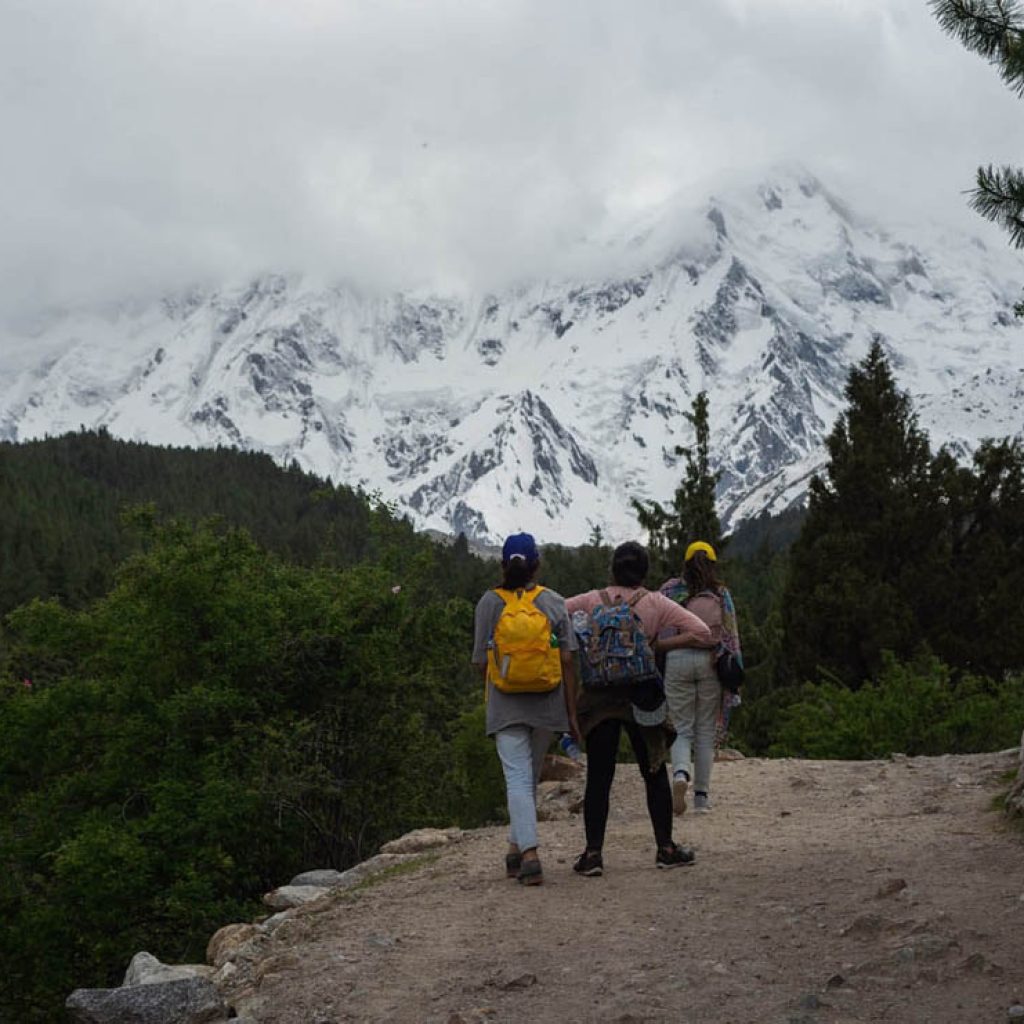
Fairy Meadows
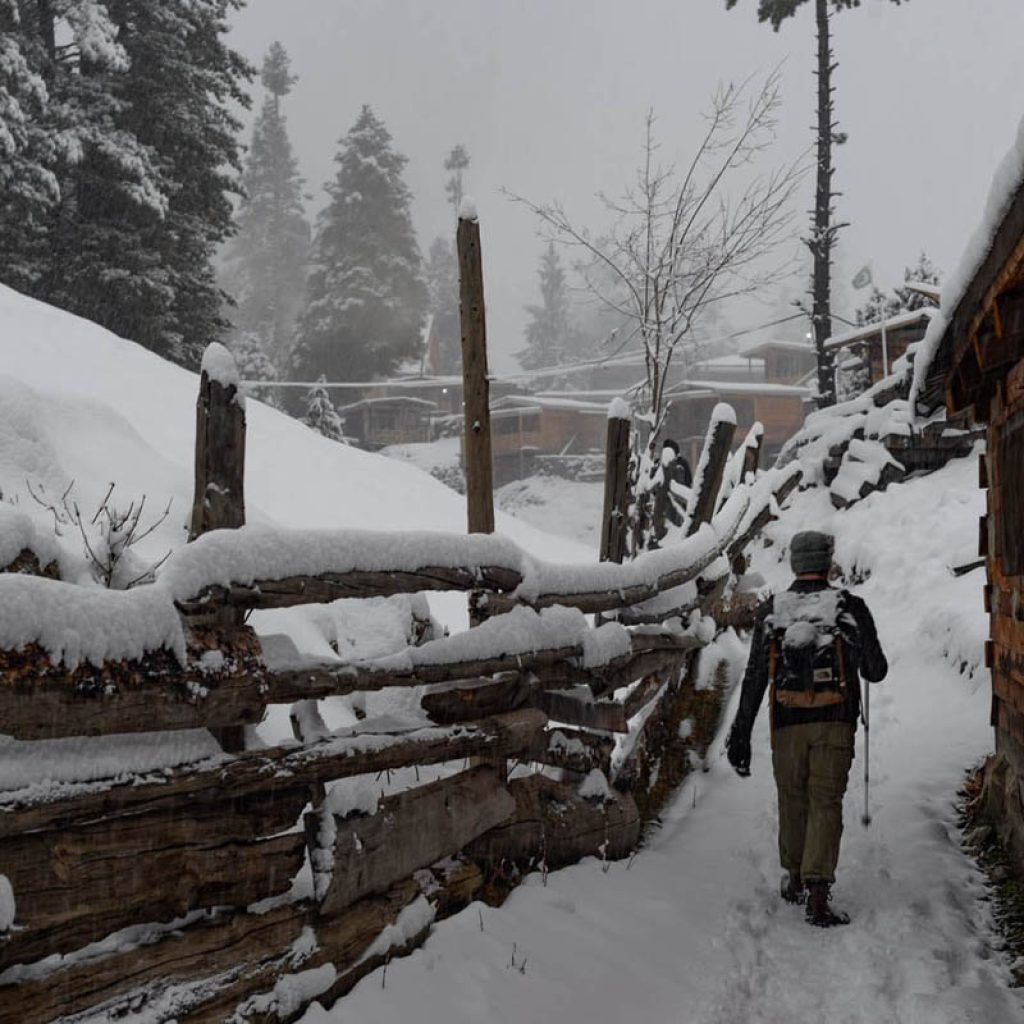
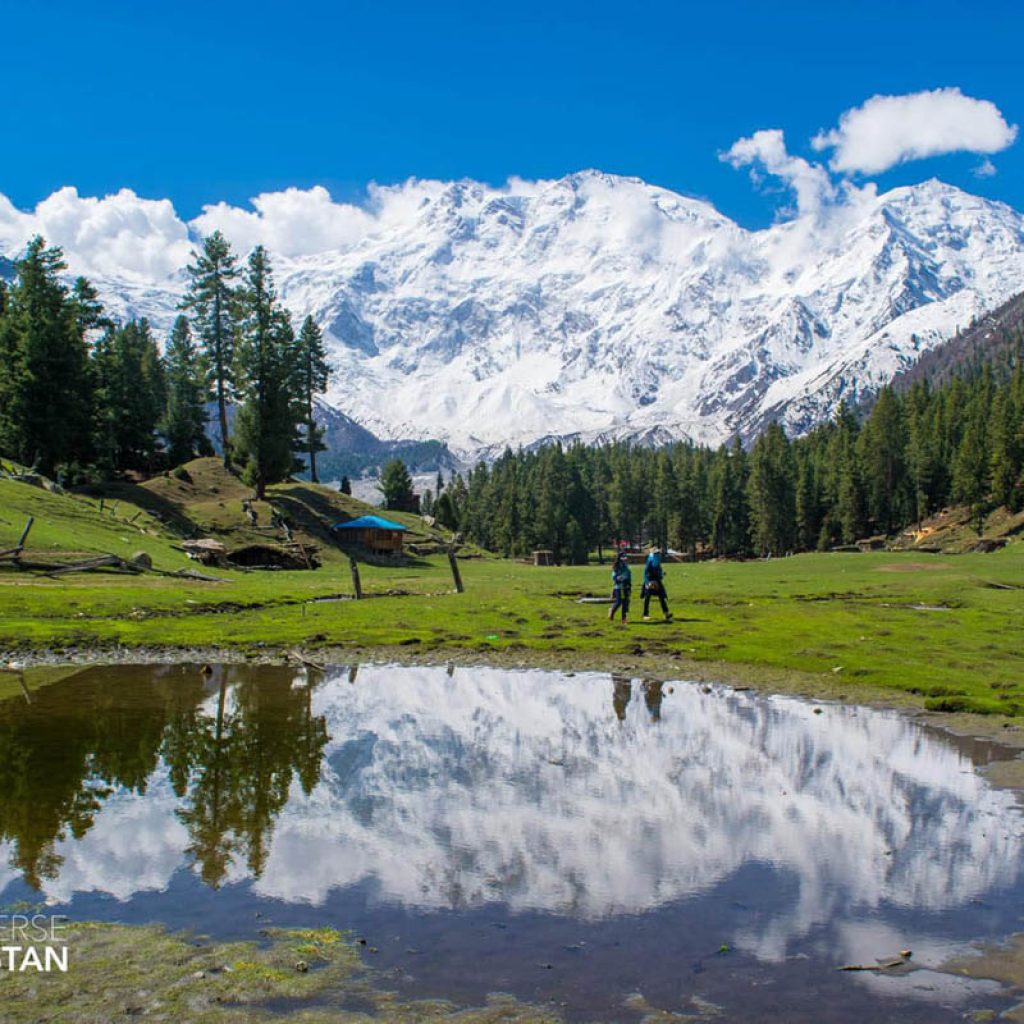

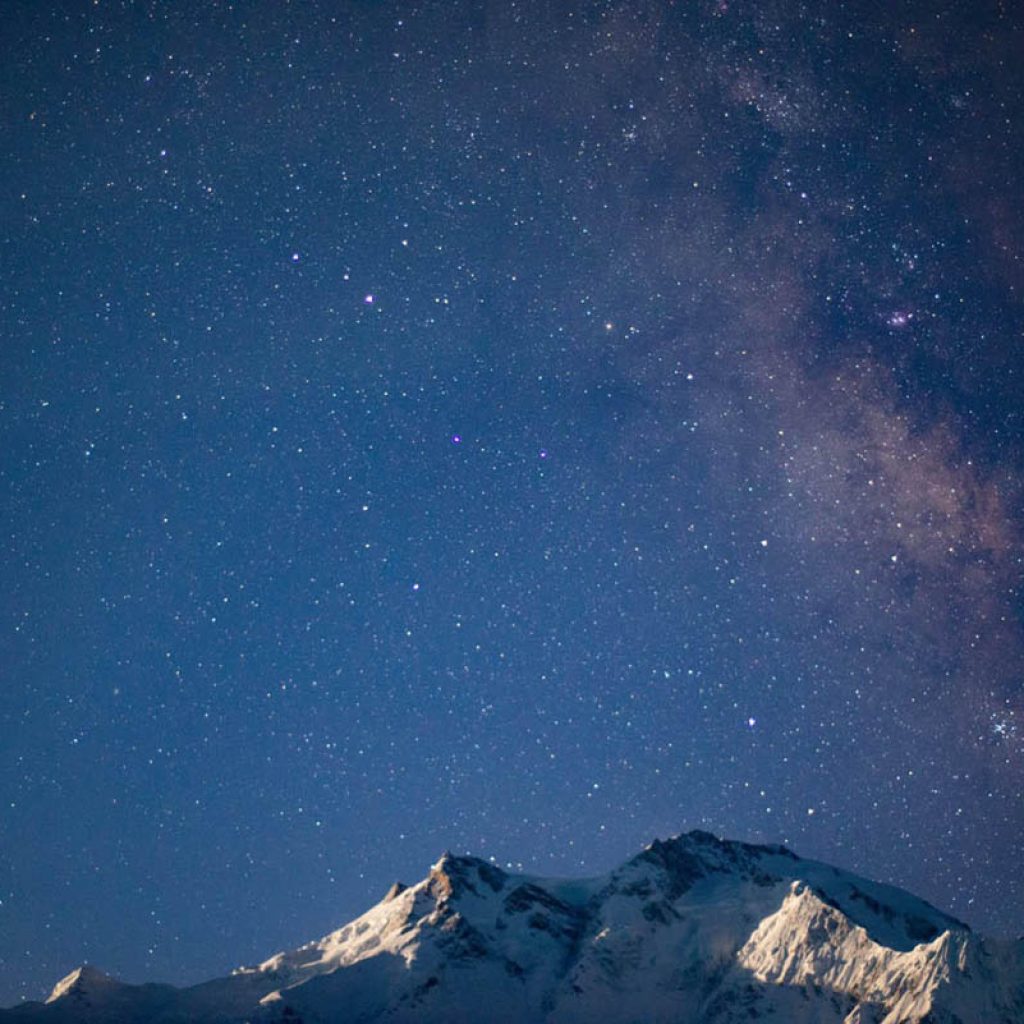
Beyal Camp
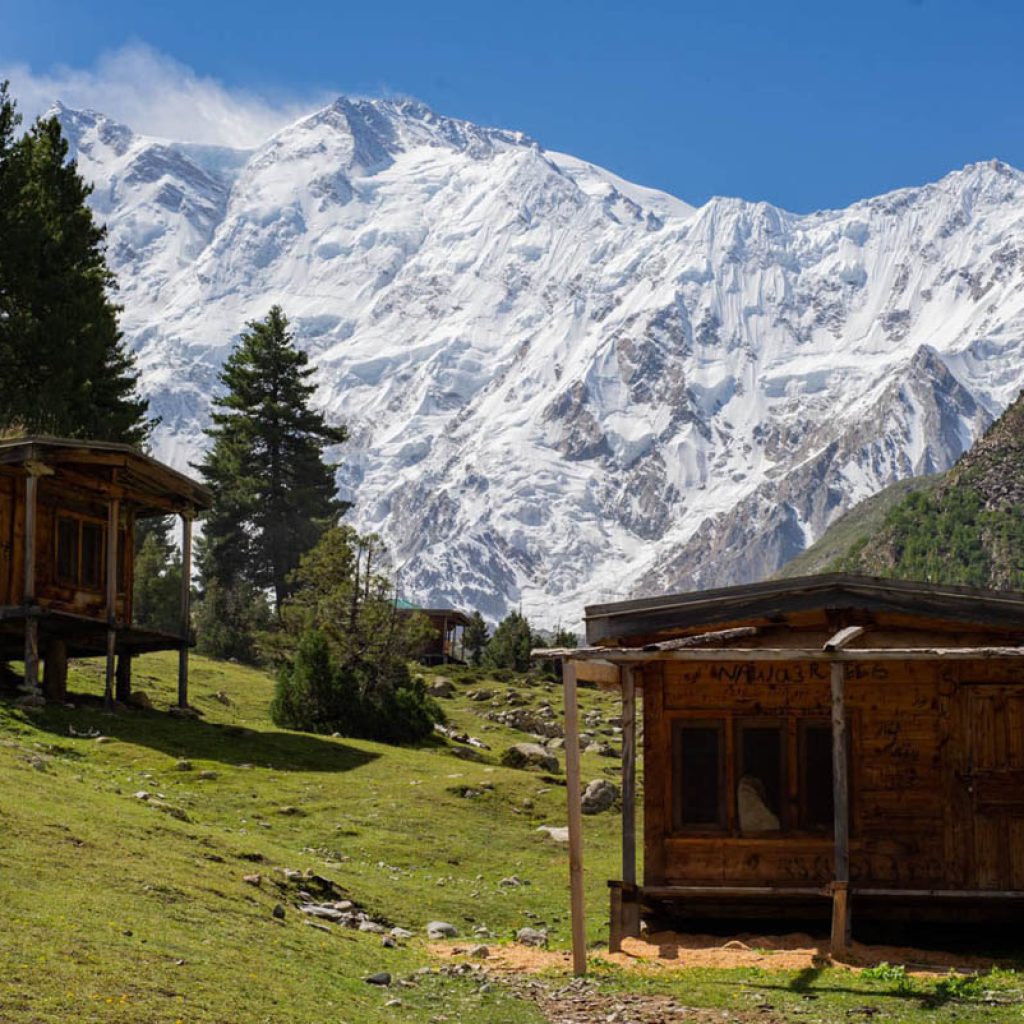
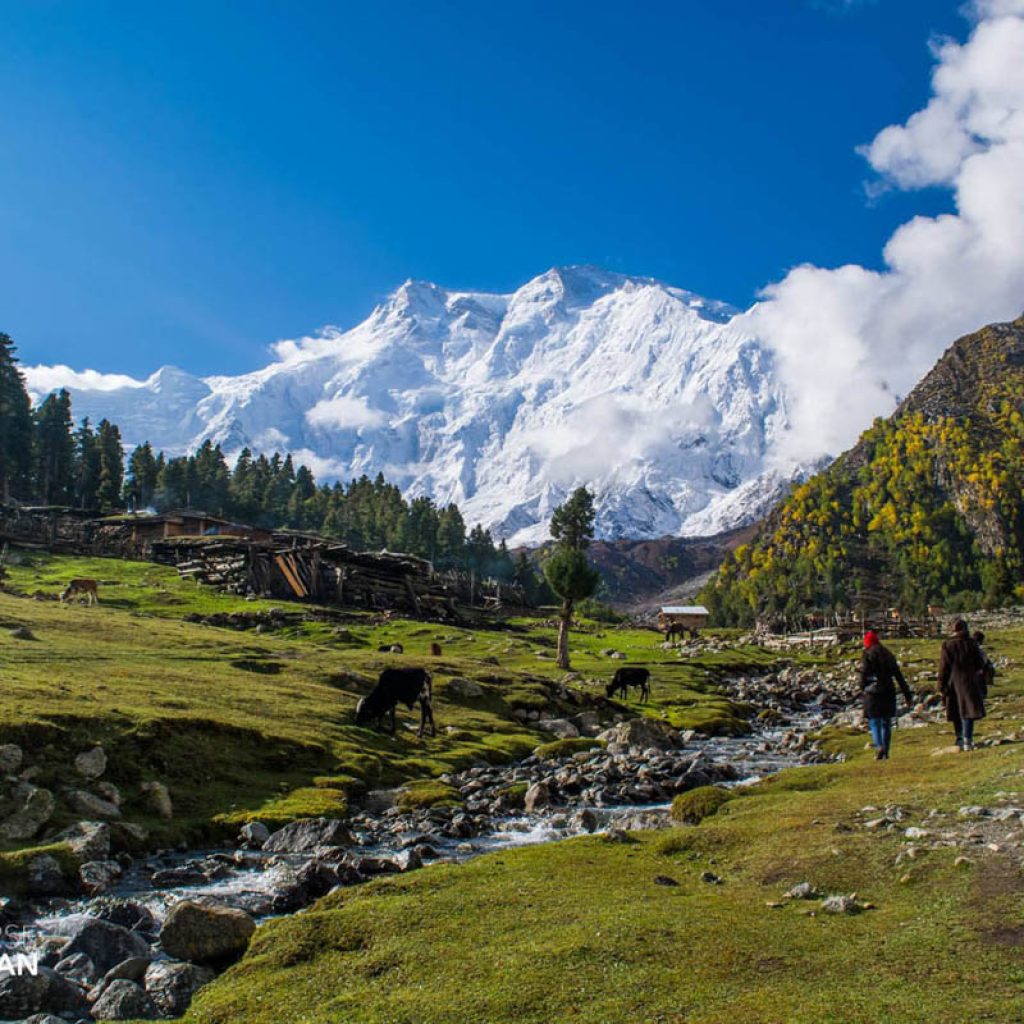

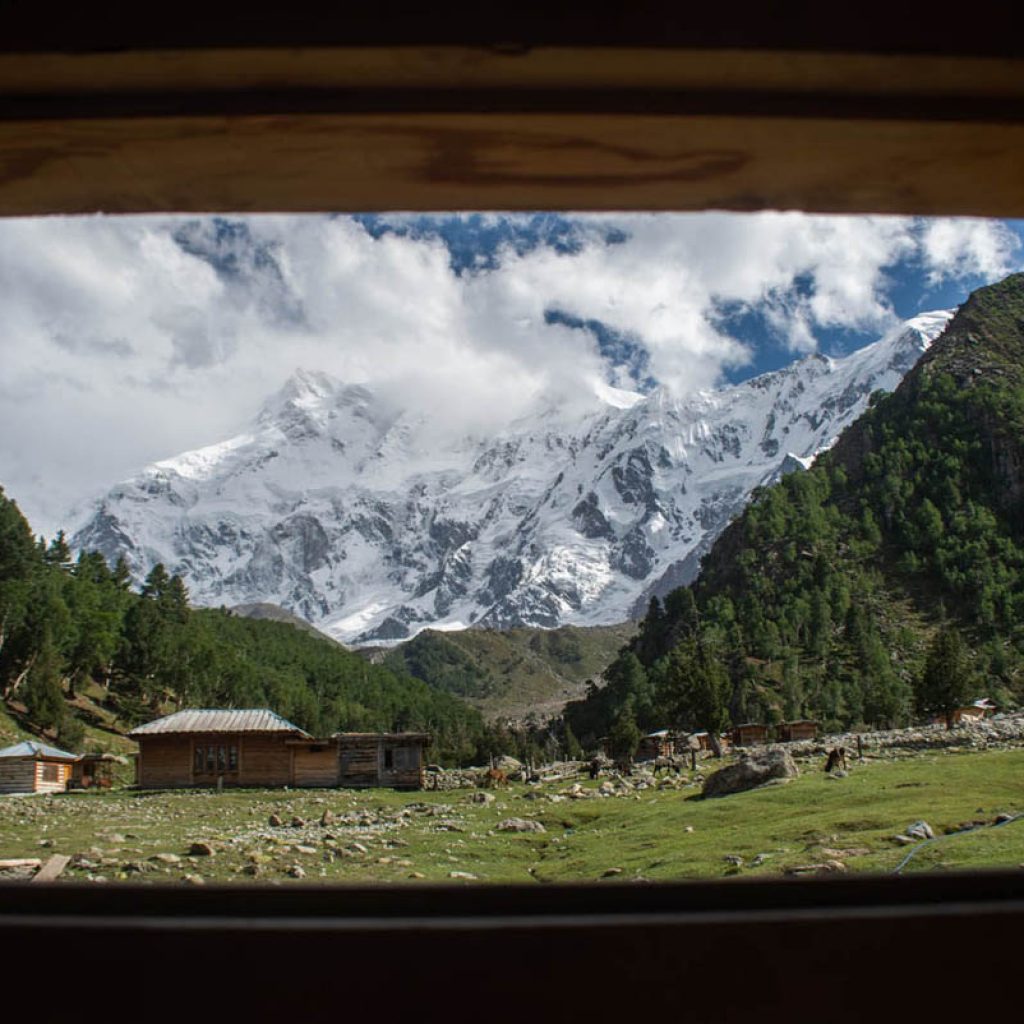
Raikot Face Base Camp of Nanga Parbat
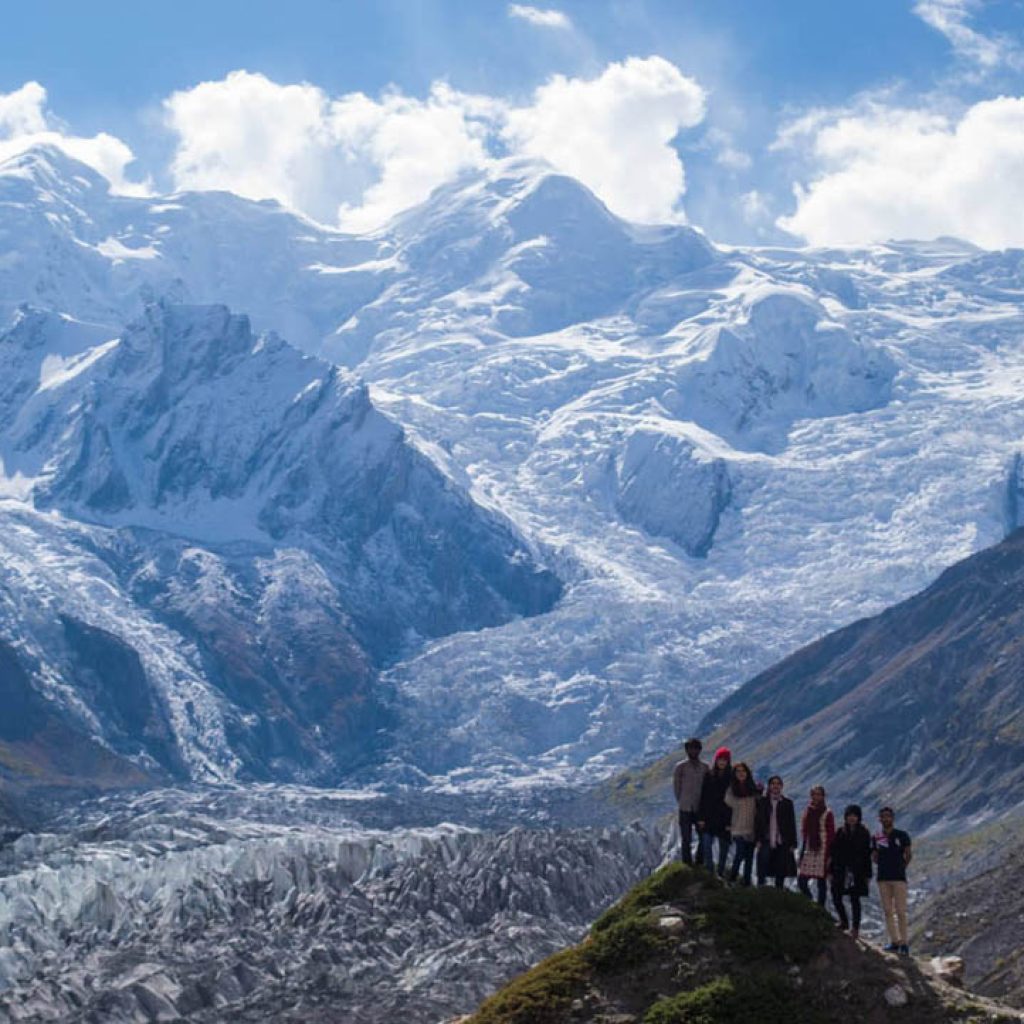
All About Pakistan January 23, 2023

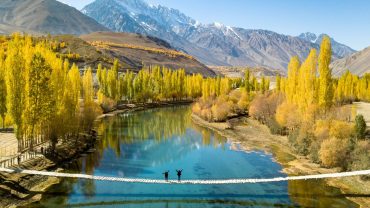
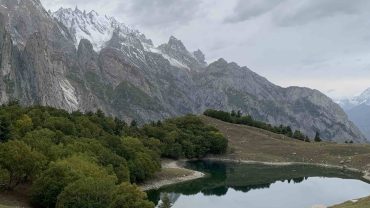
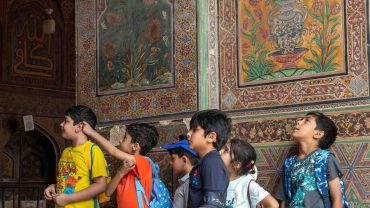
Comment (0)